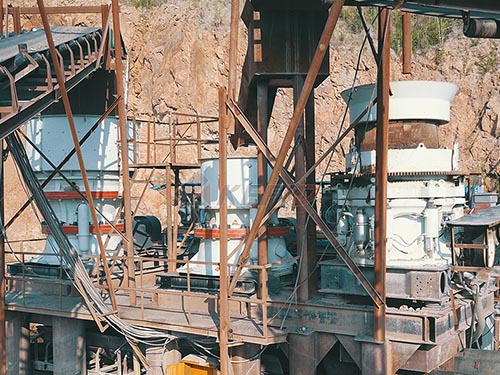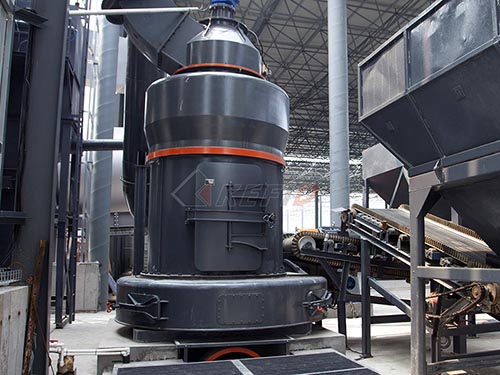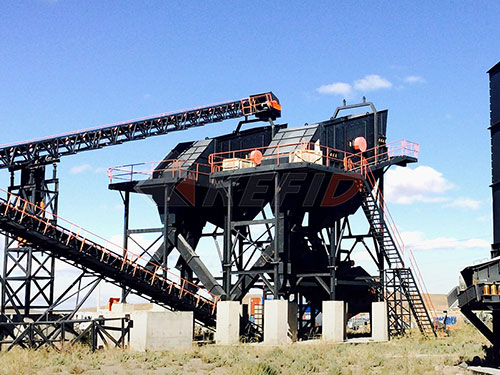Beyond the Surface: Unveiling the Power of Crusher Run in Road Construction
The unassuming stretch of gravel beneath your tires, the stable base supporting a freshly paved highway, the resilient surface of a rural access road – often, the unsung hero enabling these essential pathways is Crusher Run. While its name might not evoke grandeur, this fundamental aggregate blend is the bedrock of countless successful road projects. To truly appreciate its significance, we need to look beyond mere pictures and delve into the science, application, and enduring value of this ubiquitous construction material.
What Exactly is Crusher Run?

Often called “crush ‘n’ run,” “crusher run base” (CRB), “dense graded aggregate” (DGA), or simply “road base,” crusher run isn’t just random gravel. It’s a precisely engineered mixture produced by mechanically crushing quarried rock (like limestone, granite, or trap rock) directly from the blast face. The key characteristic? It contains all the gradations of sizes produced during crushing – from coarse angular stones down to fine stone dust (fines).
This blend typically includes:
Coarse Aggregates: Angular stones ranging from 1 inch (25mm) down to 3/8 inch (9.5mm). These provide structural strength and interlock.
Fine Aggregates: Smaller particles from 3/8 inch down to sand-sized material.
Fines: Stone dust particles smaller than No. 200 sieve (less than 0.075mm). This is crucial for binding.
The specific size distribution (gradation) is often governed by local or state Department of Transportation (DOT) specifications to ensure consistent performance. A common specification might call for material passing through a 1-inch screen but retaining a significant portion on smaller screens down to the fines.
The Science Behind Its Success: Why Crusher Run Works
The magic of crusher run lies in its inherent properties derived from its composition:

1. Exceptional Compaction & Density: The presence of angular particles and varying sizes allows them to tightly interlock when mechanically compacted with heavy rollers. The fines act as a binding agent, filling the microscopic voids between larger stones. This results in an extremely dense, almost solid mass that resists deformation under load.
2. Superior Load Bearing Capacity: Once compacted, this dense matrix distributes loads incredibly effectively. The interlocked stones carry the primary load vertically and laterally, preventing concentrated

Leave a Reply